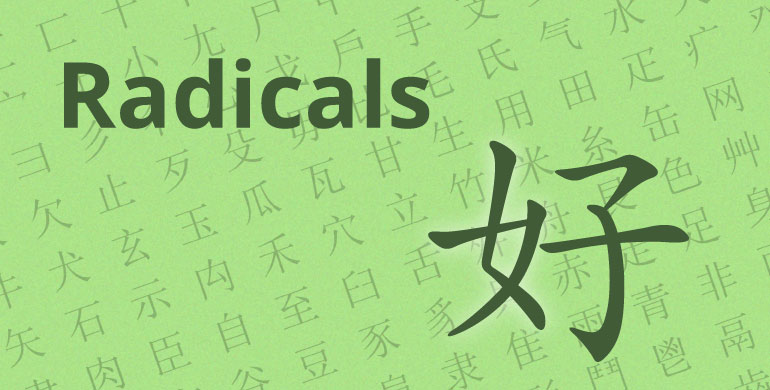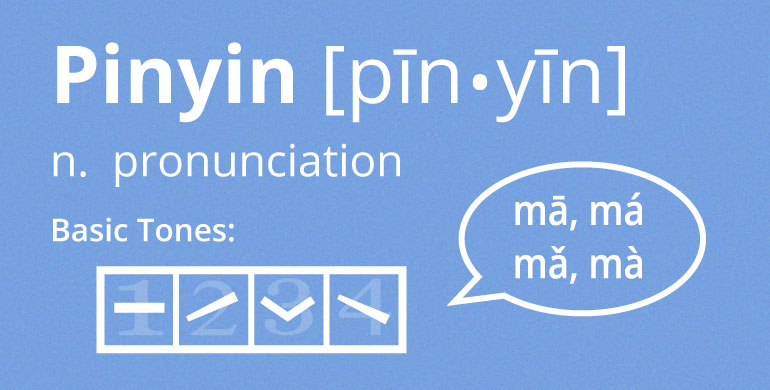In Chinese, characters are easily classified by how they are formed. Most radicals are either pictographs or ideographs. Pictographs or Pictograms are formed by a simplified direct visual representation of the word they represent. Ideographs or Ideograms are formed by a simplifed picture that depicts the meaning or idea behind the word. Compound Ideographs are words formed by combining the meaning of two or more radicals to suggest the meaning of a word; while Phono-Semantic Compound words use one set of radicals for general meaning and another radical to indicate the sound of the word. A Rebus is a character that has replaced another because they were pronounced the same. And, a Transformed Cognate is a word that used to have two meanings but has split to become two separate words. Formation methods often reveal the logic behind how characters are constructed.
These methods can form single-character words, words like 林 (forest) and 明 (bright). Additionally, two or more characters can also be used together to form new meaning, but they remain separate characters. Words like 火山 (volcano), and 人口 (population) are good examples of these kinds of words.





